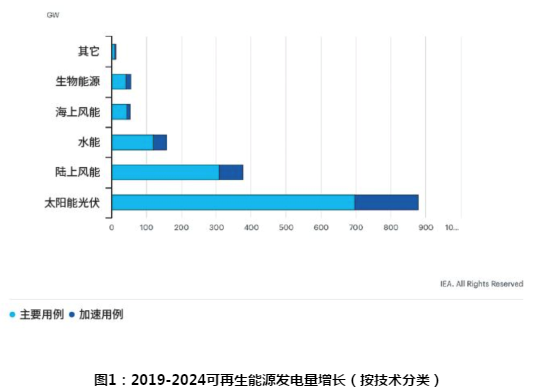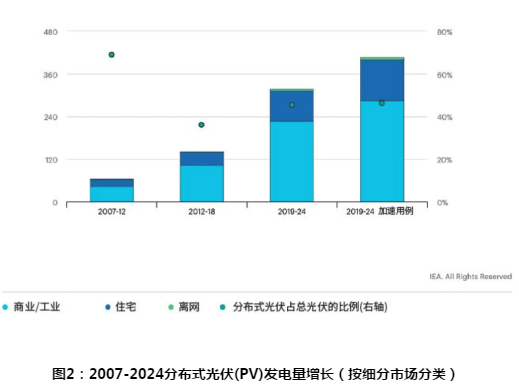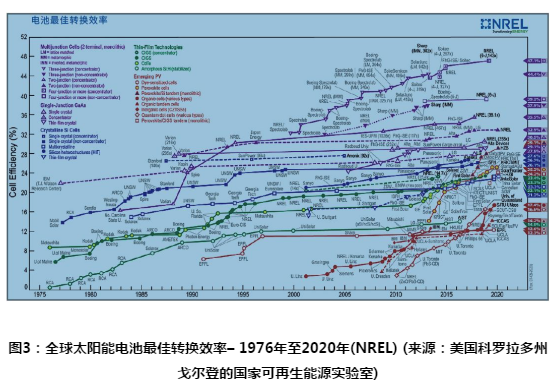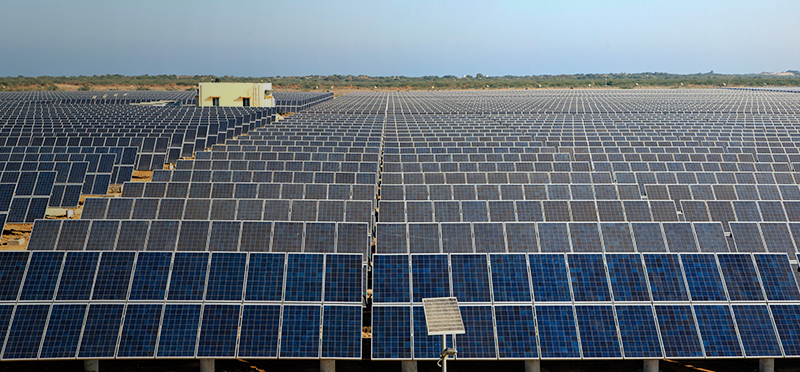Consumers, industries, and governments are all taking measures to increase the use of renewable energy. This is pushing the power generation and distribution system from a centralized hub-and-spoke architecture to a more grid-based localized power generation and consumption, and stable supply and demand through smart grid interconnection.
According to the International Energy Agency’s (IEA) October 2019 fuel report, by 2024, renewable energy generation will increase by 50%.
This means that the global renewable energy generation capacity will increase by 1200GW, which is equivalent to the current installed capacity of the United States. The report predicts that 60% of the increase in renewable energy generation will be in the form of solar photovoltaic equipment.

The report also emphasizes the importance of distributed photovoltaic power generation systems, as consumers, commercial buildings and industrial facilities begin to generate electricity on their own. It predicts that by 2024, distributed photovoltaic power generation will more than double to more than 500 GW. This means that distributed photovoltaic power generation will account for nearly half of the total growth of solar photovoltaic power generation.

Solar advantage
Why is solar photovoltaic power generation taking such a leading position in the growth of renewable energy power generation?
One obvious reason is that the sun shines on all of us, so its energy is widely used. This brings the power generation closer to the power consumption and delivers the power to the off-grid point, which is particularly useful for reducing power distribution losses.
Another obvious reason is that there is a lot of solar energy. There are many subtle differences in calculating how much energy the earth receives from the sun. A rule of thumb is that the average sea level is 1kW per square meter on a sunny day, or when factors such as the day/night cycle, incident angle, and seasonality are considered, the average is per square meter per day. M 6kWh.
Solar cells use the photoelectric effect to convert incident light into electrical energy in the form of a stream of photons. Photons are absorbed by semiconductor materials such as doped silicon, and their energy excites electrons from their molecular or atomic orbitals. These electrons are then free to dissipate the excess energy as heat and return to its orbit, or spread to the electrode and become part of the current to offset the potential difference it creates on the electrode.
As with all energy conversion processes, not all energy input to solar cells is output in the preferred form of electrical energy. In fact, the energy efficiency of monocrystalline silicon solar cells has been hovering between 20% and 25% for many years. However, the opportunity for solar photovoltaics is so great that the research team has been working for decades to use increasingly complex structures and materials to improve cell conversion efficiency, as shown in this picture by NREL.

Achieving the higher energy efficiency shown is usually at the expense of using multiple different materials and more complex and expensive manufacturing techniques.
Many solar photovoltaic devices are based on various forms of crystalline silicon or thin films of silicon, cadmium telluride or copper indium gallium selenide, with a conversion efficiency of 20% to 30%. The battery is built in the module, and the installer can use these modules as the basic unit to build a solar photovoltaic power generation system.
Energy efficiency challenge
Photovoltaic conversion converts kilowatts of solar energy incident on every square meter of the earth’s surface into 200 to 300 W of electrical energy. Of course, this is under ideal conditions. However, the conversion efficiency may be reduced due to the following reasons: rain, snow and dust deposited on the surface of the battery, the influence of the aging of semiconductor materials, and the increased shade due to environmental changes such as the growth of vegetation or the construction of new buildings.
Therefore, the reality is that although solar energy is free, the use of solar energy to generate useful electrical energy requires careful optimization of each stage of collection, storage, and final conversion into electrical energy. One of the biggest opportunities to improve energy efficiency is the design of the inverter, which converts the DC output of the solar array (or its battery storage) into AC current for direct use or transmission through the grid.
The inverter changes the polarity of the DC input current to make it close to the AC output. The higher the switching frequency, the higher the conversion efficiency. A simple switch can produce a square wave output that can drive a resistive load, but with harmonics, it will damage more complex electronic equipment powered by pure sine wave AC. Therefore, inverter design has become the key to balance. On the one hand, increasing the switching frequency to improve energy efficiency, operating voltage and power generation, on the other hand, to minimize the cost of auxiliary components used to smooth the square wave.




 2021-04-16
2021-04-16


















